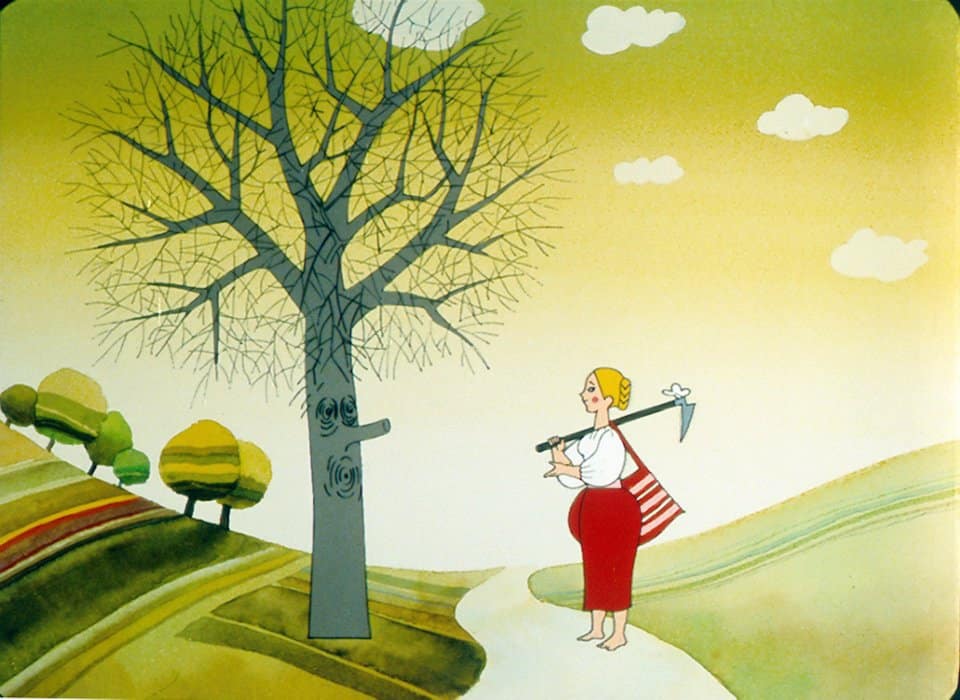Hungarian Folktales – an animated series, a cultural icon – VIDEO
Hungarian Folktales was really special because it connected generations of people. The popular animated series was running on TV for over three decades, making thousands of children fall in love with Hungarian folk tales, and creating a special bond between parents and children.
Magyar népmesék [Hungarian Folktales] is a Hungarian animated series from the golden era of Hungarian animated cartoons. Hungarian Folktales was one of the most popular cartoons from the 1990’s to the late 2000’s. If you are interested in old Hungarian cartoons, you can check out our two-part-series about the Favourite Hungarian cartoons of our childhood, including classics like Pom Pom, Süsü and Dr Bubó.
Each episode of the series is based on a Hungarian folk tale and uses many Hungarian cultural symbols. One of the creators’ aims was to preserve the cultural treasures of the Hungarian peasantry.
Hungarian Folktales is not just an animated series, it is a cultural icon.
Even in the 21st century, it taught young children about Hungary, Hungarian culture, heritage and traditions.
I also grew up watching Hungarian Folktales. It happened many times that I did not know a word they were using in the series, so I asked my grandmother to explain it to me. She was so happy to hear old Hungarian words and expressions that have not been used in years. Not only were the tales interesting and really exciting, but the animation was really beautiful too.
Hungarian Folktales was running for 32 years, from 1980 until 2012. The animated series has one hundred episodes altogether.
The production of the very first episode started in 1977.
The great minds behind it
The idea of the animated series came from Ferenc Mikulás, but the producer and designer was Marcell Jankovics. The creators paid special attention to using Hungarian folk motives in the episodes, which were extremely popular at that time. The whole series was created by Pannónia Filmstúdió [film studio] in a small studio in Kecskemét.
Pannónia Filmstúdió was founded in 1957, and it was not only the biggest film studio in Hungary, but it was also one of the biggest animation and dubbing studios in the world (it was terminated in 2015).
Pannónia Filmstúdió was still was very young when it started to produce Hungarian Folktales, so money was really tight.
The core of the folktales: the story-teller
In the first two seasons of the series, we can hear many different people as the story-tellers of the tales. The voices of György Bánffy, Károly Hrotkó, Rozália Kóka, László Bánhidi, Irma Patkós, Margit Zsolnay, Klári Tolnay and István Avadar can all be heard.
From the third season, Gyula Szabó became the solitary story-teller of the Hungarian Folktales.

As time progressed, somebody created an IMDB page for Hungarian Folktales, which is currently rated 8,9 by a thousand users. Hungarian Folktales also has a YouTube channel with over two thousand subscribers, where you can check out many episodes of the animated series in English.
Source: Wikipedia
please make a donation here
Hot news
What happened today in Hungary – 26 July, 2024
Drama: number of births in a 20-year low in Hungary
Yay or nay? – 6 odd Hungarian delicacies that make our skin crawl
Budapest tourism “exploded” this past weekend
Container transport in Budapest may stop: How will this affect Hungarian economy?
Minister: Hungary will protect its territory by every means possible





1 Comment
I’ve just learnt about this precious series and its amazing animations and have promptly made a posting on my edublogs about it, including the link to your article.
It´s indeed a cultural treasure in itself and a most educational tool as well, besides being a most effective way of making the rich Hungarian folklore more known to the new generations of Hungarians but actually to the whole world! Köszönöm szépen!